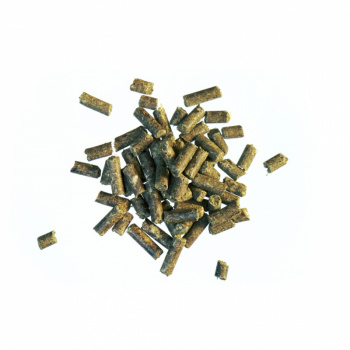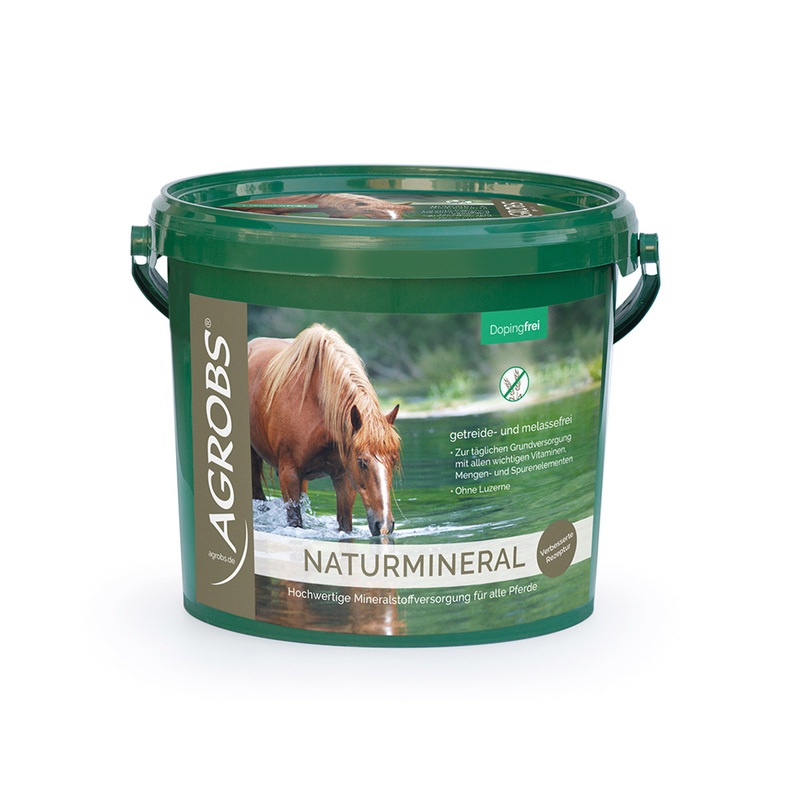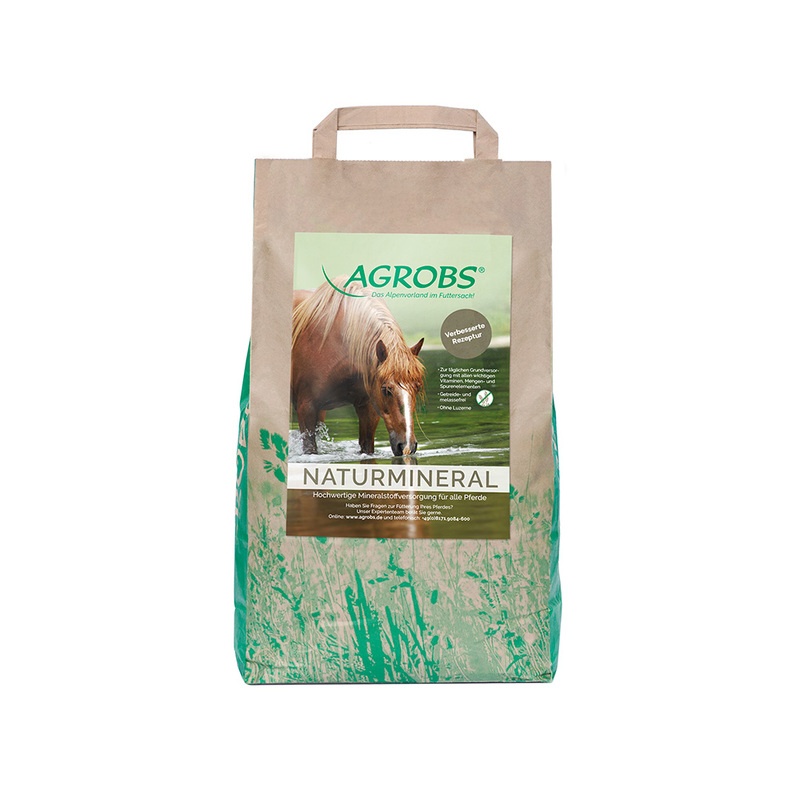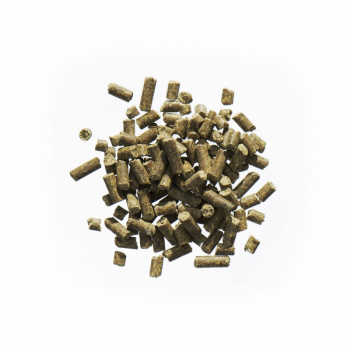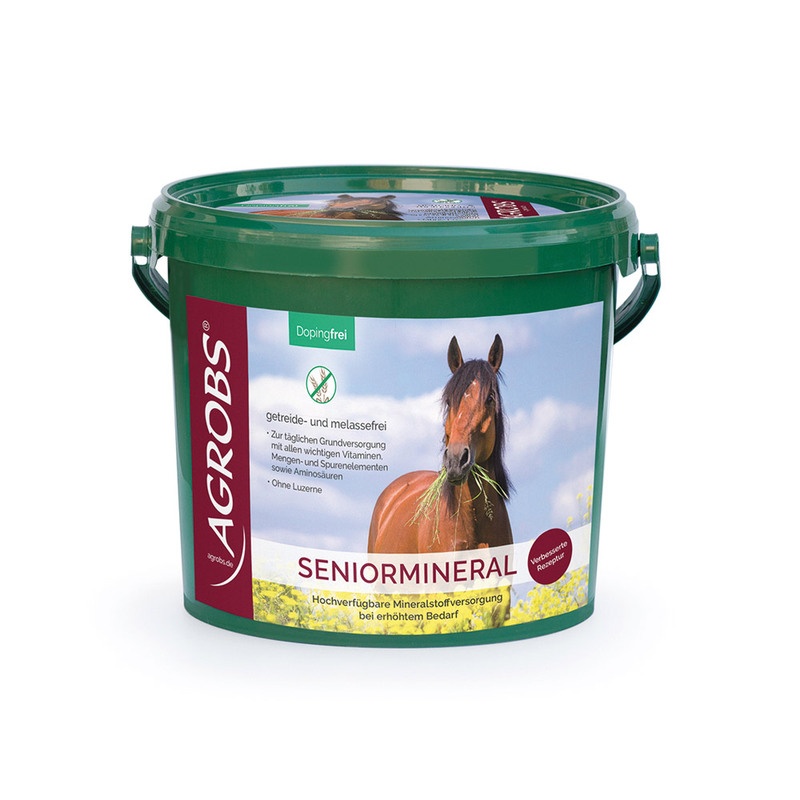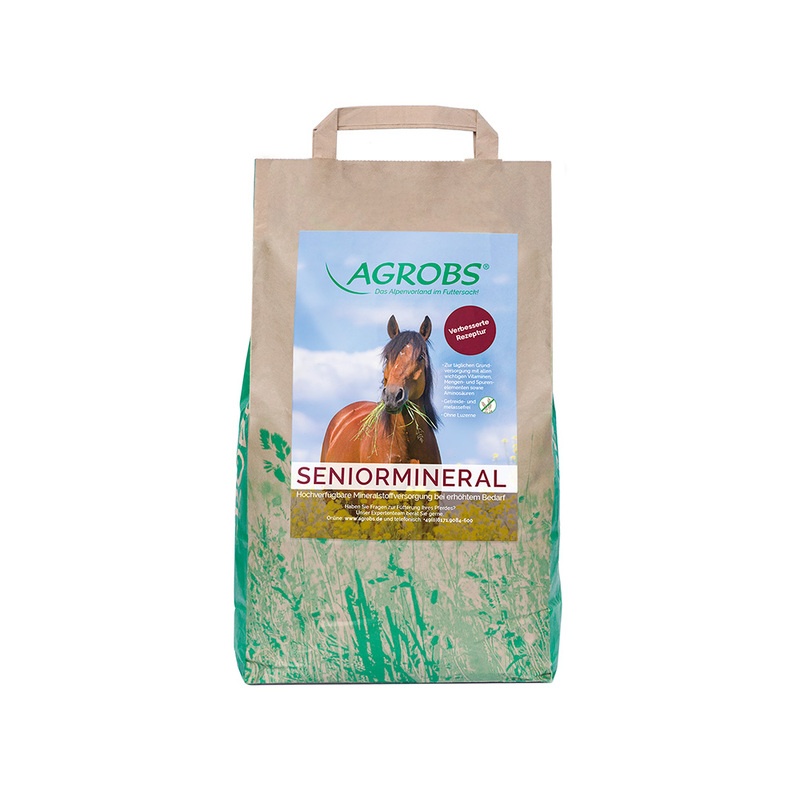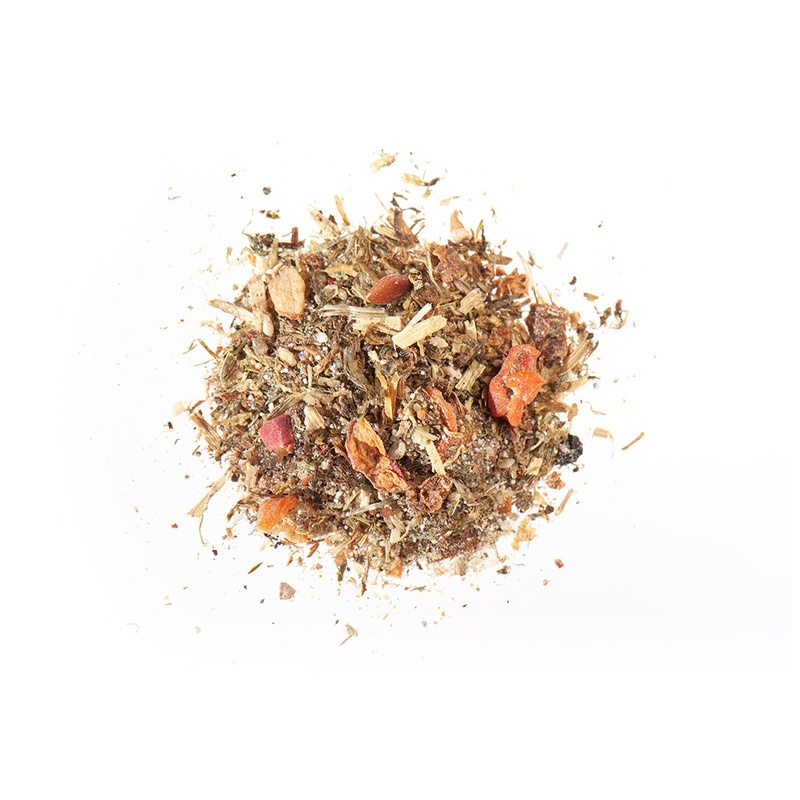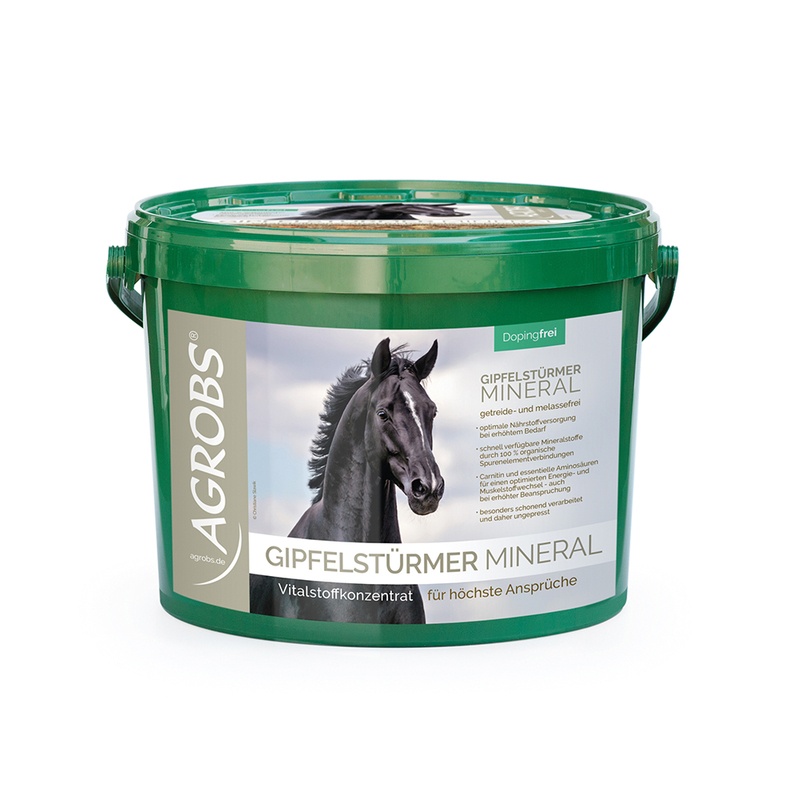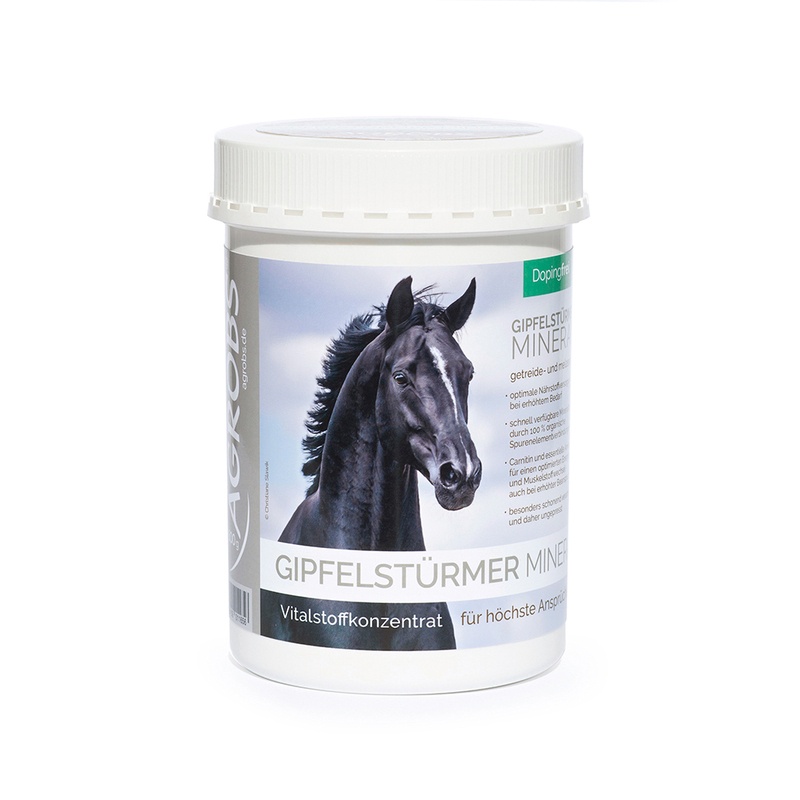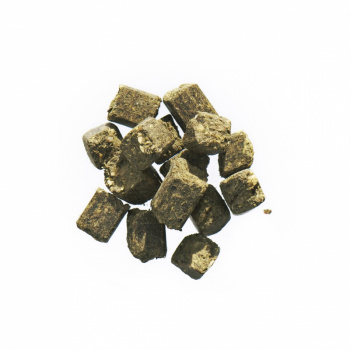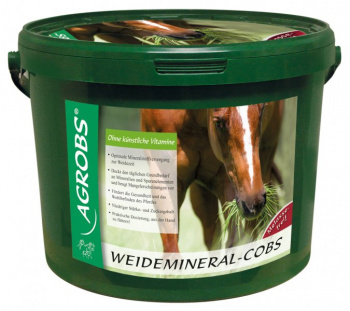
Mineral feed or mineralized concentrated feed
Sense or nonsense?
Horses that are not supplied with sufficient minerals can develop a mineral deficiency in the long term. This is because an adequate supply of essential micronutrients, especially trace elements, is no longer available from hay and grass. Feeding mineralized concentrates, often in the form of muesli or pellets, is therefore still very popular. It is an uncomplicated way to provide horses with energy, minerals and vitamins at the same time.Why does AGROBS not mineralize its concentrated feed and instead offers concentrated feed and mineral feed separately?
Does fully mineralized concentrated feed meet your horse's individual requirements?
Every horse has individual energy and nutritional requirements. Concentrated feed is used to cover the increased energy requirements of sport horses or broodmares, for example. It should only be supplemented if horses are unable to maintain their weight on hay alone. A 600 kg warmblood requires around 63 megajoules (MJ) of metabolizable energy (ME) to maintain its weight without additional training. The horse should cover this energy requirement purely through roughage such as hay - additional concentrated feed is not necessary.
Further explanation:
11 kg of hay with an average energy content of 6 MJ ME per kilogram provides around 66 MJ ME per day. To supplement the missing micronutrients, a mineralized concentrated feed with an average energy content of 10 MJ ME per kilogram is added. According to the manufacturer's recommendation, 2.5 kg of concentrated feed per day must be fed to cover all requirements, resulting in an additional energy and calorie intake of 25 MJ ME per day. In our example, this means that covering the mineral requirement with a mineralized concentrated feed results in excess energy, which makes the horse fat in the long term.
You can find suitable mineral feed from AGROBS here:
- AGROBS Naturmineral: For the basic supply of minerals and vitamins.
- AGROBS Gipfelstürmer Mineral: For an optimum supply of nutrients. Ideal for sport horses, for increased requirements or convalescence.
- AGROBS Seniormineral: For an optimal supply of minerals for older horses
- AGROBS Weidemineral-Cobs: The perfect addition to the grazing season. Suitable for all horses.
Does the need for vitamins and minerals really always increase or decrease in line with the need for energy?
More information on micronutrients can be found in the article The world of micronutrients | agrobs.de.
June 2024, © AGROBS GmbH
Sources:
- Gesellschaft für Ernährungsphysiologie. Empfehlungen zur Energie- und Nährstoffversorgung von Pferden. DLG Verlag, 2014




